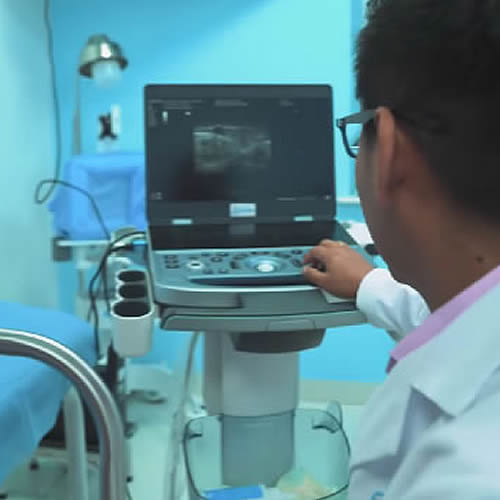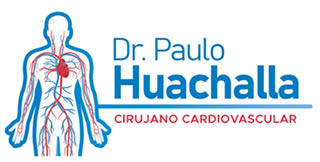
The Best Treatments for Varicose Veins
Varicose veins are a common condition that often appears in the lower limbs, particularly in the legs. They are frequently caused by modern sedentary lifestyles, jobs that require long hours of standing, or genetic factors. In varicose veins, the valve system that prevents blood from flowing backward becomes damaged, making it difficult for blood to return to the heart.
This condition, which can vary in severity, causes several uncomfortable symptoms such as:
- Heaviness in the leg
- Pain in the affected areas
- Itching near the diseased veins
- Muscle cramps
- Bulging veins
What Are the Treatments for Varicose Veins?
There is no single treatment for varicose veins. In fact, various treatments are available and must be tailored to the specific condition of each patient. That is why it is essential to consult a medical specialist. In Peru, the proper specialist is the Cardiovascular Surgeon.
Treatments for Superficial Varicose Veins
This type of superficial vein problem, also known as telangiectasias or spider veins, is usually cosmetic. Although they may cause minor discomfort like heaviness or cramps, they don’t pose significant health risks. However, patients should follow medical advice to prevent progression and consider the following treatments:
1. Sclerotherapy
One of the oldest and most well-known techniques for treating spider veins. It must be performed by a certified Cardiovascular Surgeon. The specialist injects a sclerosing solution directly into the affected vein, sealing it and redirecting blood flow to healthy veins.
2. CLaCS (Cryo-Laser & Cryo-Sclerotherapy)
This innovative treatment combines transdermal laser application on the affected veins with cold injections of sclerotherapy. It has proven to be highly effective in treating spider veins and offers better aesthetic results. However, it is less commonly performed due to the need for high-end laser technology and cryogenic equipment capable of reaching the necessary temperatures.
3. Transdermal Laser
This procedure uses laser heat to burn and cauterize small visible veins, effectively closing them off. The laser selectively destroys these superficial veins, preventing blood from flowing through them.
Treatments for Varicose Veins with Venous Insufficiency
In more serious cases, bulging, rope-like veins are visible. Patients also report more intense pain and discomfort than with spider veins. These are signs of chronic venous insufficiency, a serious condition that, if left untreated, can worsen and eventually lead to limited mobility. For these cases, the most recommended treatments include:
A. Radiofrequency Ablation
A minimally invasive procedure that uses heat to close varicose veins from the inside. Ablation can be done using radiofrequency or laser, both involving a catheter that cauterizes the affected veins.
This treatment is highly effective, with a 95% success rate and low risks. It is recommended as the #1 treatment for venous insufficiency by American, European, and Latin American clinical guidelines.
Additional benefits:
- Patients walk out after the procedure and recover quickly
- No spinal anesthesia required
- No surgical cuts, only small punctures
B. Ambulatory Phlebectomy
This is the surgical removal of varicose veins through small skin incisions. Unlike thermal ablation, this method involves more risk, greater discomfort, and a longer recovery time.
Healing of Varicose Ulcers
Varicose ulcers must be treated by addressing their underlying cause—usually venous insufficiency. Once blood flow is properly restored from the legs to the heart, pressure in the lower leg decreases, allowing the ulcer to heal and close successfully.
Additional Recommendations for Successful Treatment
Besides following the recommended treatments, these tips are essential for full recovery:
- See a specialist: Not all doctors are trained or equipped to treat varicose veins. Look for the right specialist. In Peru, it’s a Cardiovascular Surgeon; in other Latin American countries, a Vascular Surgeon.
- Request an evaluation with Doppler Ultrasound: The doctor cannot assess the condition of your veins just by looking at them. A Doppler ultrasound offers a precise view of the size, function, and abnormal flow in the veins.
- Review your medical history: Be sure to report your medical background accurately so the doctor can identify risk factors and tailor your treatment accordingly.
If you want to learn more about varicose vein treatments, visit us and find expert information on our website: Cirujano Cardiovascular.
